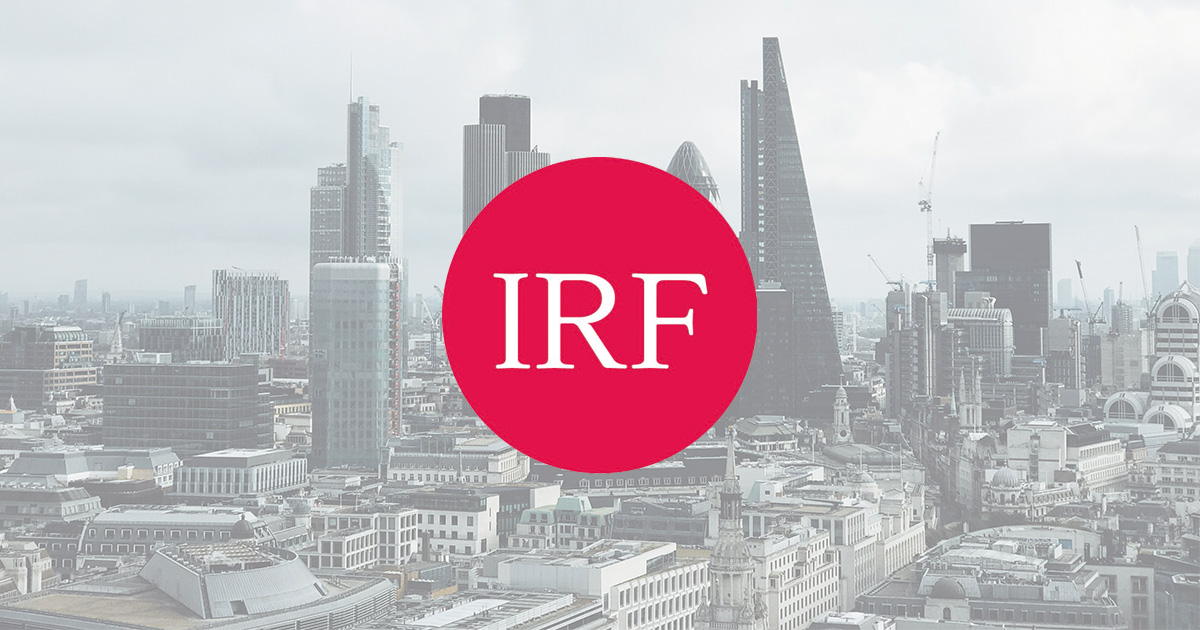Fizzle Exceeds Sizzle Outside the United States…There Ain't No Inflation There
High Frequency Economics
Thu 20 May 2021 - 15:00
Summary
Carl focused his conference call on inflation, and the implications for monetary policy, central banks, economic outlook and how macro-economic outlook may affect the prospects for inflation. HFE believe that true inflation is not here, only individual elements of CPI are rising, not all. Regardless of inflationary outlook, Central Banks will not be hiking interest rates within the next 1 – 2 years; inflation is visibly within target bands and unemployment is seen to be at a level that generates wage increases consistent with inflation. Overall, the short end of the yield curve is going to remain fixed and the long end of the yield curve will fluctuate with actual inflation expectations and with growth or slowing of the economy. Carl believes inflation metrics will return to normal by year end and supply shocks, like rising oil prices, global chip shortage, will be resolved by supply and demand, leading to a more normal inflation experience generally below target, with labour markets trailing.
Carl moved on to discuss the abundance of slack in most economies, leading to low overall CPI inflation rates. Using the peak-to-peak capacity measure, there is more slack in the world economy than has been seen since the 1970s. Traditionally, Central Banks will not tighten monetary conditions at a time when the economy is contracting and slack is increasing. The other measure of slack is unemployment, which is still extremely high in every country looked at, besides Australia. The bigger problem out of inflation and unemployment is currently the latter by far. Supporting the incomes of people generates a fiscal deficit burden that can generate fiscal instability and potentially financial instability. In this current crisis, Central Bankers are addressing the unemployment problem, albeit with the possibility it could lead to a rise in inflation. Assessing a timeframe of being back to full employment, after the 2008/09 crisis, it took 4 years before most economies unemployment rates were back to normal. Carl suggests the timeline will be dictated by the reconstruction programs that may or may not be released to repair the damage from this recession, however 2 – 3 years is predicted if these do not happen.
Carl moved on to discuss CPI, and whilst the price indices are going up, this is not inflation, rather an increase in some categories for specific reasons. Take for example the price of Gasoline in Canada which generated most of the increase in overall CPI, which is showing a relative price change with both substitution and income effects, which will actually cause a deflationary impulse on consumer demand restraining consumer spending. Household and food prices both fell and if energy was removed, CPI barely increased. Looking at US CPI, 5 components drove the increase, mostly being energy prices, which went up only by 10 – 15% on a month over month basis. The other components included used cars, truck rental, hotels and airlines. Used car prices are up due to the worldwide shortage of new vehicles, as global chip shortages have caused some manufacturers to half production. Vehicle rental companies are unable to obtain the vehicles with demand up and supply down, leading to price increases. Hotels and airlines have increased their prices in order to recoup lost revenues as economies reopen and demand explodes.
Lastly, household savings have surged during lockdowns, with consumption moving from services to goods. A big characteristic of the re-opening of economies rebound, will be when demand for goods goes back into services, and we see the prices adjust.
Topics
Vaccinations may help, but COVID Pandemic far from over
Global Services output swoons compared to Industrials: Rotation is coming
Global productivity rises as Economies drop workers faster than GDP falls
China slacking, as domestic prices fall, whilst recording global export highs with the World and US
No evidence of Inflation... anywhere.
